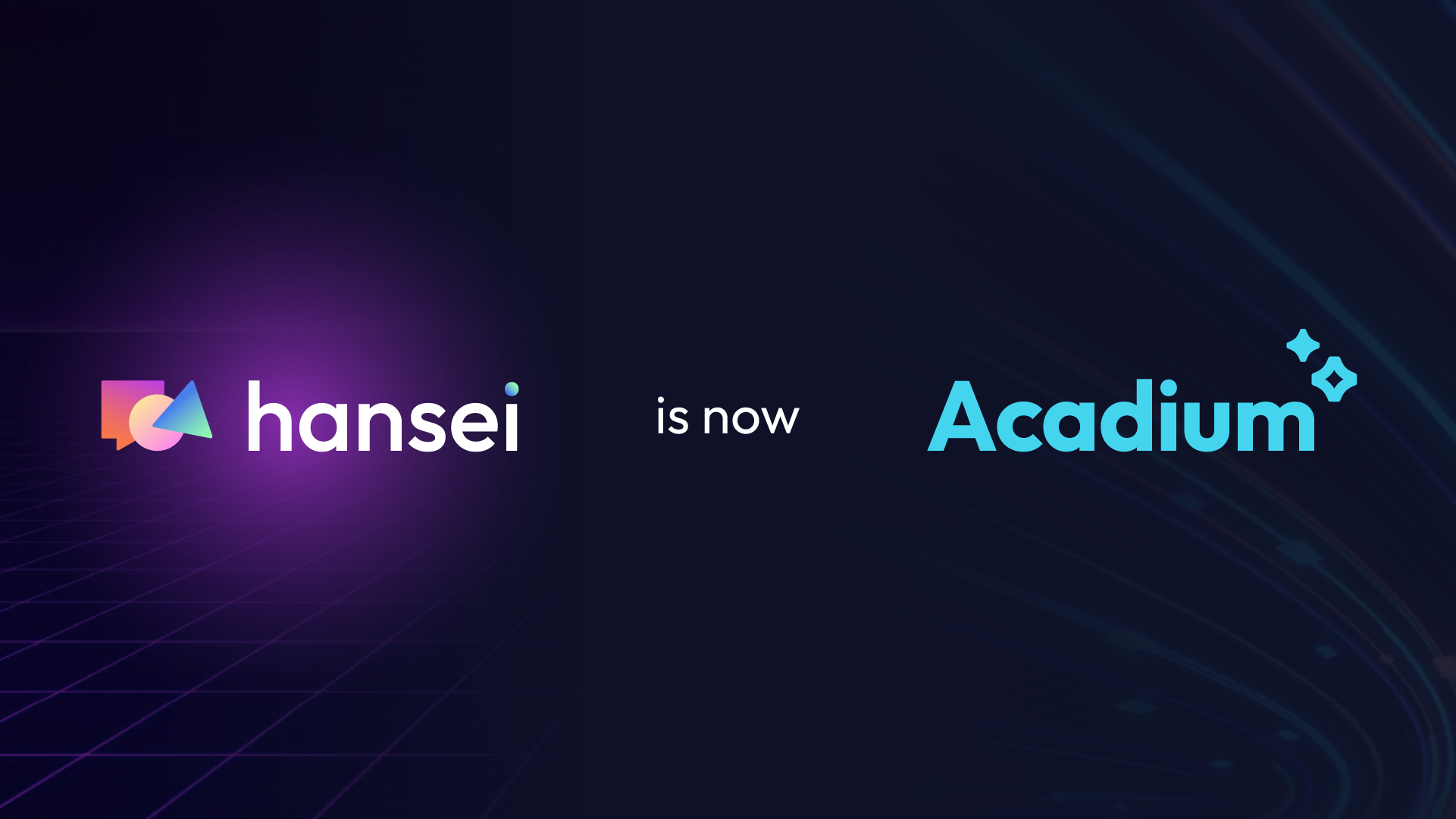When creating a website, the goal should be to balance creative design with functionality. In this blog post, we will discuss how to approach designing a website that caters to both aesthetics and usability.
The Evolution of Design in Technology
In the early stages of website development, functionality took precedence over design. But as the digital age transformed our interaction with technology, expectations for appearance and usability changed. Today, the goal is to find a balance between form and function. Companies now invest heavily in design thinking and user experience [UX] research to ensure that their websites not only work well but also look great. Design has become a powerful tool for differentiation in the tech industry, with companies striving to create unique and visually appealing website designs that set themselves apart.
Defining the Spectrum of Design
When it comes to design, there are two ends of the spectrum to consider. On one end, there’s creative design, which focuses on visually appealing elements. On the other, there’s functional design, which prioritizes efficiency. Finding the right balance between creativity and functionality is crucial in creating a well-rounded website. Overemphasizing creativity without first considering functionality can result in a visually stunning design that lacks usability. Similarly, placing too much emphasis on functionality may lead to a design that is efficient but lacks aesthetic appeal. Both extremes can negatively impact the overall user experience.
Take a look at CashApp and Venmo. Although they belong to the same vertical, they employ very different design strategies. CashApp focuses on captivating imagery, while Venmo takes a more utilitarian approach, focusing on functionality. There’s no right or wrong approach, but the key is to strike a balance between design and functionality. By integrating creative elements that enhance functionality without overshadowing it, website designs can be both visually appealing and user-friendly.
The Rise of Human-Centered Design
Human-centered design (HCD) is an approach that places a strong emphasis on creating a positive user experience. Unlike traditional methods that start with technology and expect users to adapt, HCD begins by identifying user needs, desires, and frustrations. One of the key benefits of incorporating human-centered design is the chance to understand user behavior, preferences, and pain points. This user-centric approach allows for the development of innovative solutions that truly address the challenges users face. By placing users at the heart of the design process, HCD enables the creation of websites that resonate with their audience and ultimately lead to greater satisfaction.
HCD in Action: Implementing HCD
When implementing human-centered design, the entire design experience is crafted to appeal to and accommodate the user’s needs, preferences, and behaviors. Functionality is a key factor in implementing HCD as it directly impacts the user experience. E-commerce powerhouses Amazon and Etsy both demonstrate layouts specifically tailored to their users. Amazon adopts a classic e-commerce approach catering to online commercial shoppers, emphasizing product discovery and efficiency. Etsy’s customer base is primarily made up of individuals who are interested in purchasing unique items from small businesses, so Etsy prioritizes visual appeal and showcases seller stories. Both layouts are effective in engaging their respective user base.
HCD also focuses on designing for usability and accessibility. This means creating designs that are easy to use for all users, regardless of their abilities or technical knowledge. For example, a website redesign that prioritizes accessibility by incorporating features such as screen reader compatibility, high-contrast design, and clear product descriptions with alt-text can greatly enhance the experience for visually impaired users. Tools like accessiBe can aid companies in learning more about HCD and integrating it into their design practices.
Designing Your Website
Design plays a crucial role in the success of any website. By finding a balance between creative and functional design, companies can create visually appealing and efficient websites that cater to their user’s needs. Also, deploying the human-centered design approach has brought user experience to the forefront, leading to more innovative and user-friendly designs. The implementation of HCD also promotes accessibility, making designs available to a wider audience. Design practices will continue to evolve, and companies should continue to apply human-centered design in their approaches for successful results.
Need help with accessibility?
At UNINCORPORATED, our staff of inclusive web designers and marketers know that websites and storytelling can be both engaging and accessible. If you need help with making your website (or any digital media) more accessible, reach out today.



